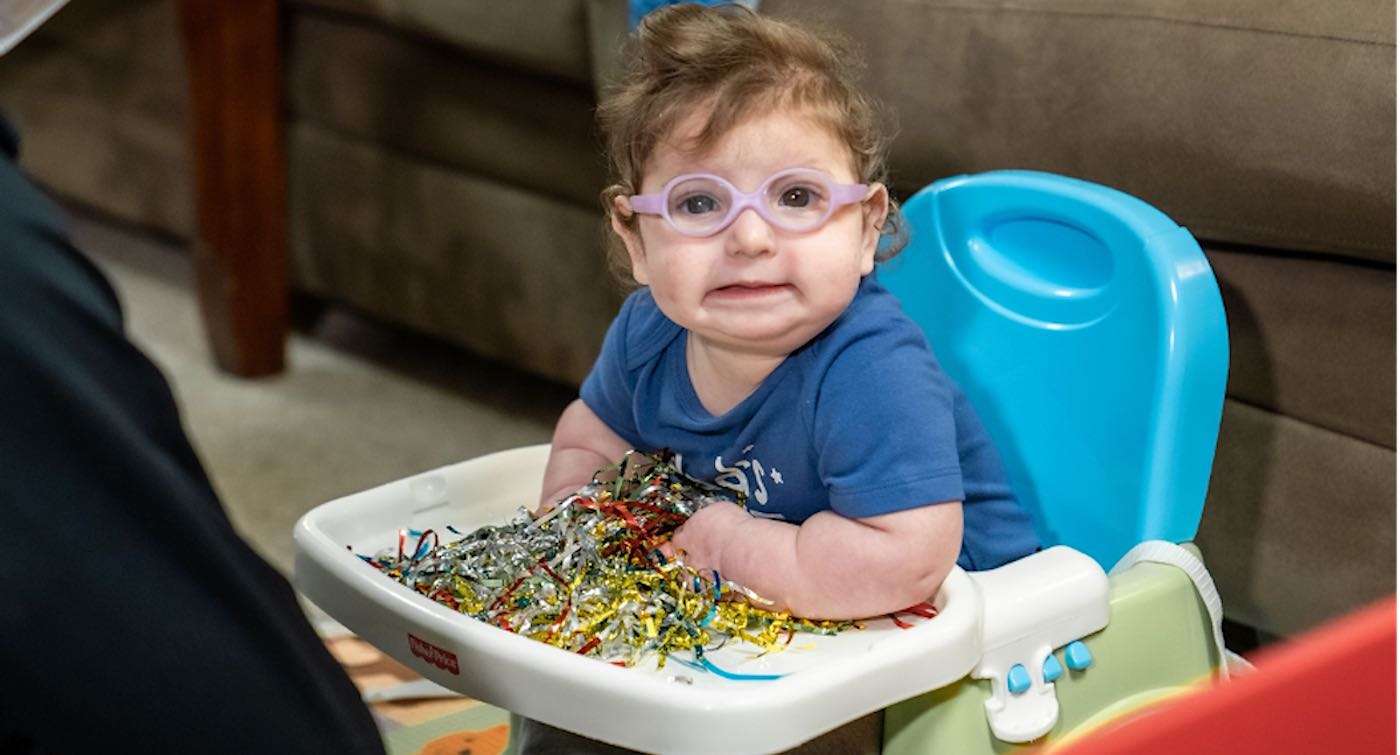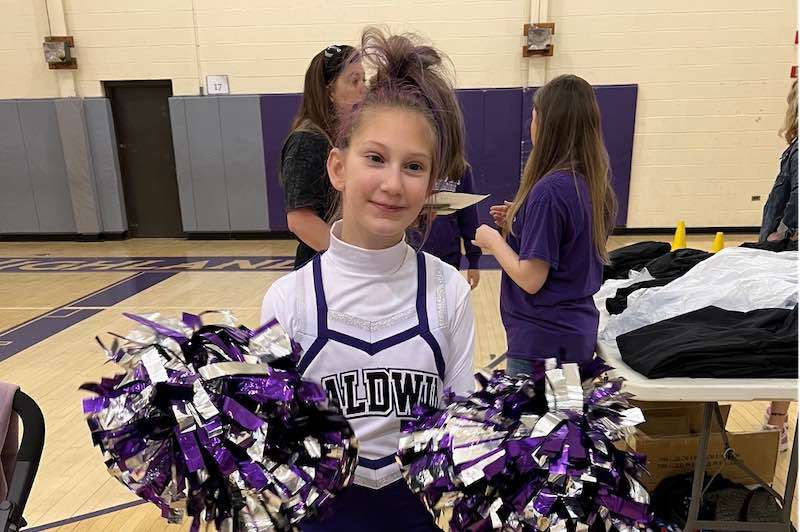Vaccine for Mostly-Lethal Marburg Virus Shows Promise in First Human Study
If approved, it would be the only largely effective response to outbreaks of Marburg virus, an ebola-cousin that's mostly lethal.

What parent could imagine anything worse than hearing their newborn has a genetic mutation that impedes neuromotor development that's so rare, it affects just 300 infants worldwide?
Yet even for something as rare as a CASK Disorder, the miracles of modern medicine can lend a healing hand—as they did for Anna and Bella Burkhart.
Bella had a noticeably small head that announced what tests would later confirm: Bella was born with a rare genetic disorder. Mother Emily Burkhart immediately suspected a genetic problem because she'd seen this before—in Bella's older sister, Anna.
A decade earlier, doctors predicted Anna would never walk, talk, or have a fulfilling life. Today, she rides the bus to school, interacts with her friends on TikTok, has plans to dye her hair, and even made her middle school cheerleading squad.
When Anna, and Bella for that matter, were born, few signs of the coming disorder were present, but both soon began to miss developmental milestones such as the inability to grasp, roll around, and crawl. She didn't walk until she was nearly 3 years old.
Her parents sought answers for Anna's delays. After years of testing and hospitalizations, Anna was finally diagnosed with a rare mutation of a gene common in many species, called CASK. Doctors knew little about the condition, said Burkhart.
"Basically, she was just going to struggle, and she was probably going to be wheelchair-bound and non-verbal," she said. "I just wasn't going to accept that."
Soon, the family was visiting Roanoke, Virginia so Anna could receive intensive therapy through an experimental research protocol. While customary occupational and physical therapy is delivered for only one hour a week, therapists at the Neuromotor Research Clinic at the Fralin Biomedical Research Institute at Virginia Tech, work with children 3 to 6 hours a day, 5 days a week, for up to 4 weeks.

The research clinic's team had worked with many children with disabilities that had affected their brain development and function, including those with cerebral palsy. But the team never worked with a child with Anna's diagnosis before and wasn't sure what to expect.
"What Anna needed was different than previous kids we'd worked with," said Dory Wallace, a senior occupational therapist. "It was about helping her learn how to pay better attention, how to use her words, and how to interact and engage with the people in her environment. Once we met her, we completely changed what we thought we were going to do to meet her needs."
Anna responded right away.
"I love seeing that light switch go on when a child realizes she's learned something new," Wallace said. Two weeks later, the change was already dramatic.
"She was sorting colors and she was sitting still to play with a toy," said Burkhart "She was just doing all the things that we were able to want and expect, plus some."
A similar turnaround came when nearly 10 years later, Burkhart's second daughter Bella was born with microcephaly, a clear sign of a potential CASK diagnosis. Bella was 14 months old when she started therapy.
"Dory had her doing things the first day that we hadn't seen Bella be able to do," said Burkhart. "I started to cry because it was like, ‘OK, we're in the right place.'"
Emily's husband Charlie was mesmerized.
"I've never seen Bella work so hard. I videotaped a lot so I can replicate it at home," he said. "To be able to come down here for a month and get this blueprint and get her going, there are no words to describe how appreciative I am."
The Burkharts have high hopes for Bella because they've seen how big sister Anna has progressed. Anna continues to use some of the therapeutic program the family learned at the clinic years ago.
The program is called I-ACQUIRE, and while usually utilized in cases of infantile stroke or hemiparesis, it worked with CASK by relying on the brain's plasticity to develop the disrupted portion of the child's brain, for example by restraining overactive limbs to force the child to learn how to control the under-utilized one in the case of hemiparesis.
"We're learning from each child while we're simultaneously trying to help that child," said Stephanie DeLuca, co-director of the Neuromotor Research Clinic. "We provide very specific guidelines for how therapists should deliver the interactions of therapy to help the child progress and maximize their development."
WATCH another success story from the Neuromotor Research Clinic…
SHARE These Incredible Scientists' Work Saving Children's Productive Lives…
Be the first to comment